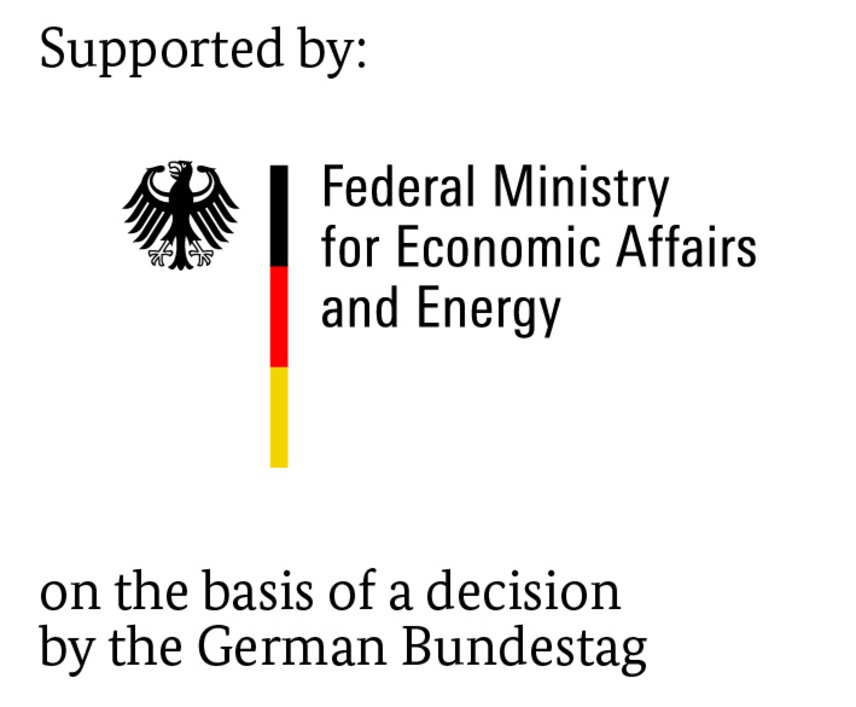With regard to the need for all seasons’ concrete construction activities in the industry knowledge on influences of summer and winter temperatures on interactions between superplasticizers and cements are essential to avoid undesired effects in concrete.
The aim of this research project was to determine interactions between superplasticizers and cements in the temperature range of 5 °C (41 °F) to 30 °C (86 °F). The main focus was on superplasticizers based on polycarboxylate ether and cements with several main constituents.
With temperatures decreasing from 30 °C to 5 °C the dosage of superplasticizer necessary to reach maximum flowability of pastes with Portland cement decreased considerably. This may promptly result in an underdosing or overdosage of superplasticizer due to fluctuations in temperature. With decreasing temperature and depending on the nature and molecular structure of the superplasticizer its mode of action can change significantly. Cements with higher proportions of main constituents besides clinker compensated the temperature-depending action mechanisms of the superplasticizers more effectively.

